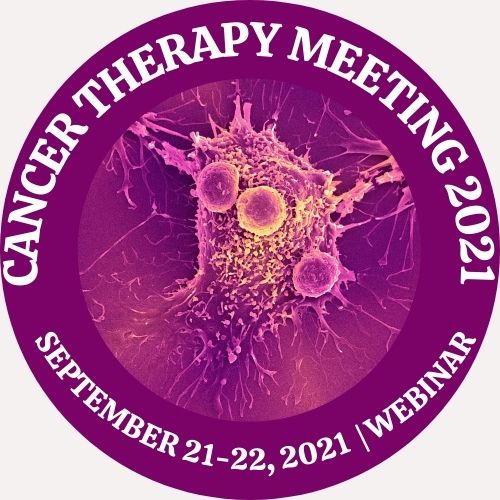Natalia Camejo
Universidad de la República, Uruguay
Title: Prevalence of Trastuzumab-induced cardiotoxicity in Uruguayan HER-2 positive breast cancer patients treated in a real life setting during a 10 years period
Biography
Biography: Natalia Camejo
Abstract
Objective: To estimate the prevalence of Trastuzumab (TTZ) induced cardiotoxicity in Uruguayan women diagnosed with early HER – 2 positive breast cancer (BC) over a period of ten years, treated under the financial coverage of the National Resource Fund (FNR).
Methodology: A prospective descriptive observational study based on the analysis of an anonymized database provided by the FNR of Uruguayan HER-2 positive early BC patients treated with TTZ between 2006 and 2016. Variables analyzed included: age, menopausal status, stage, presence of cardiovascular risk factors, use or not of anthracyclines, left ventricular ejection fraction prior and during treatment, and temporary or permanent suspension of treatment. Statistical analysis was performed using SPSS Statistics version 25. The variables were assessed through the use of measures of central tendency, dispersion, contingency tables and proportions. To analyze the relationship between the different variables, the Chi-Square test of independence was performed.
Results: The analysis included 1401 patients diagnosed with HER-2 + stage I to III breast cancer who received adjuvant TTZ. The mean age at diagnosis was 52.45 years. The prevalence of cardiotoxicity in evaluable patients (1065 pts) was 20.3%. The proportion of patients who had symptomatic heart failure was 3% (32 pts) and in those who discontinued treatment for asymptomatic cardiac toxicity managed to resume trastuzumab prevalence was 92.6 %. About 9,7 % (21 pts) of patients had drop of left ventricular ejection fraction (LVEF) below 50%, whilst 10% drop of LVEF below their baseline levels were found in 75% of patients (162 pts) There is significant difference in the risk of cardiotoxicity according to the type of chemotherapy (anthracycline containing vs non-anthracycline based) (Chi-square= 3.9, p-value < 0.005). There was no evidence of a relationship between cardiovascular risk factors and the development of cardiotoxicity as well there was no evidence between sequential or concurrent use of TTZ with chemotherapy.
Conclusion: The prevalence of cardiotoxicity in this study was similar to that reported internationally. The majority of patients did not develop cardiac toxicity and those who presented it did so asymptomatically and reversibly.

